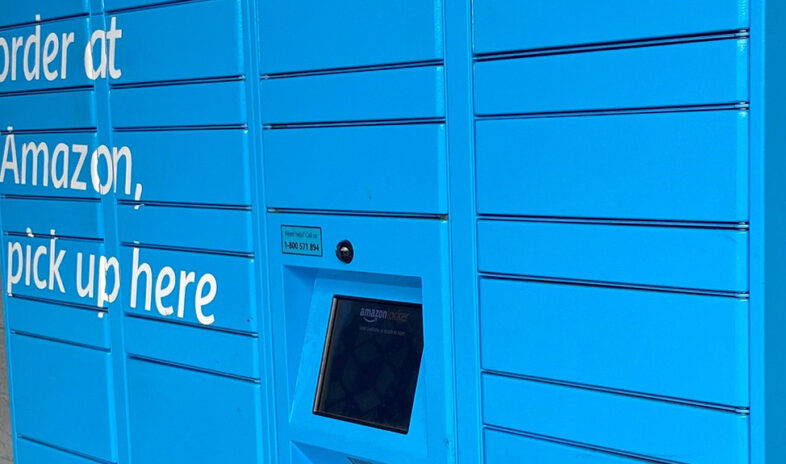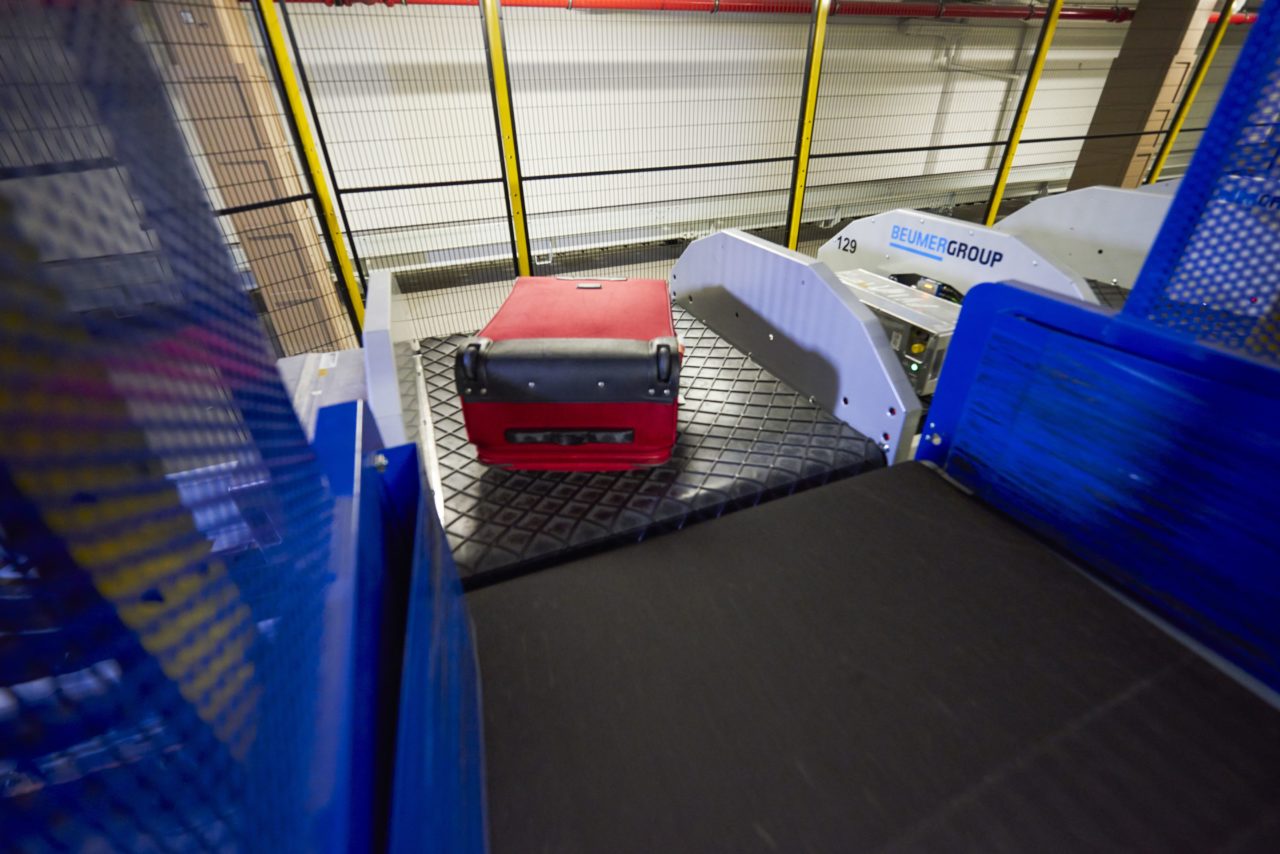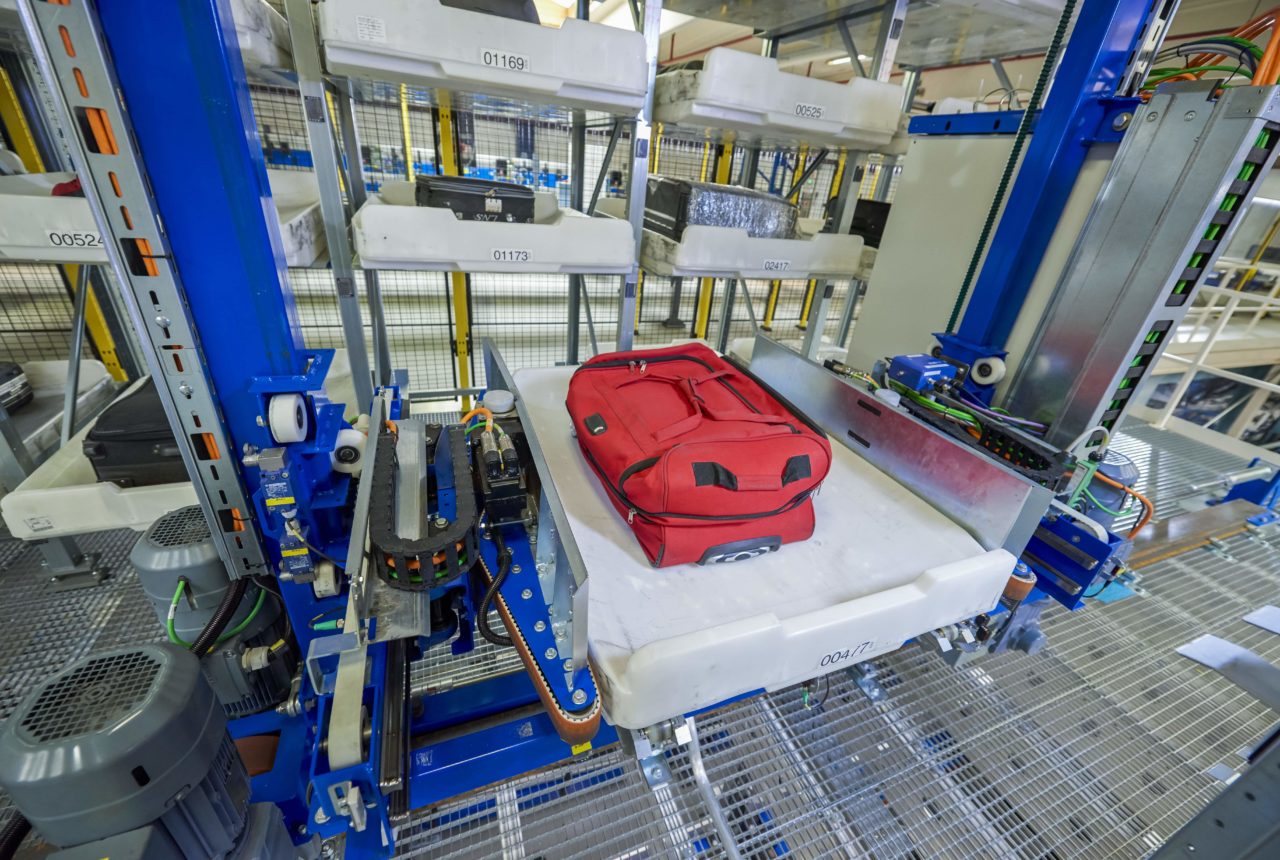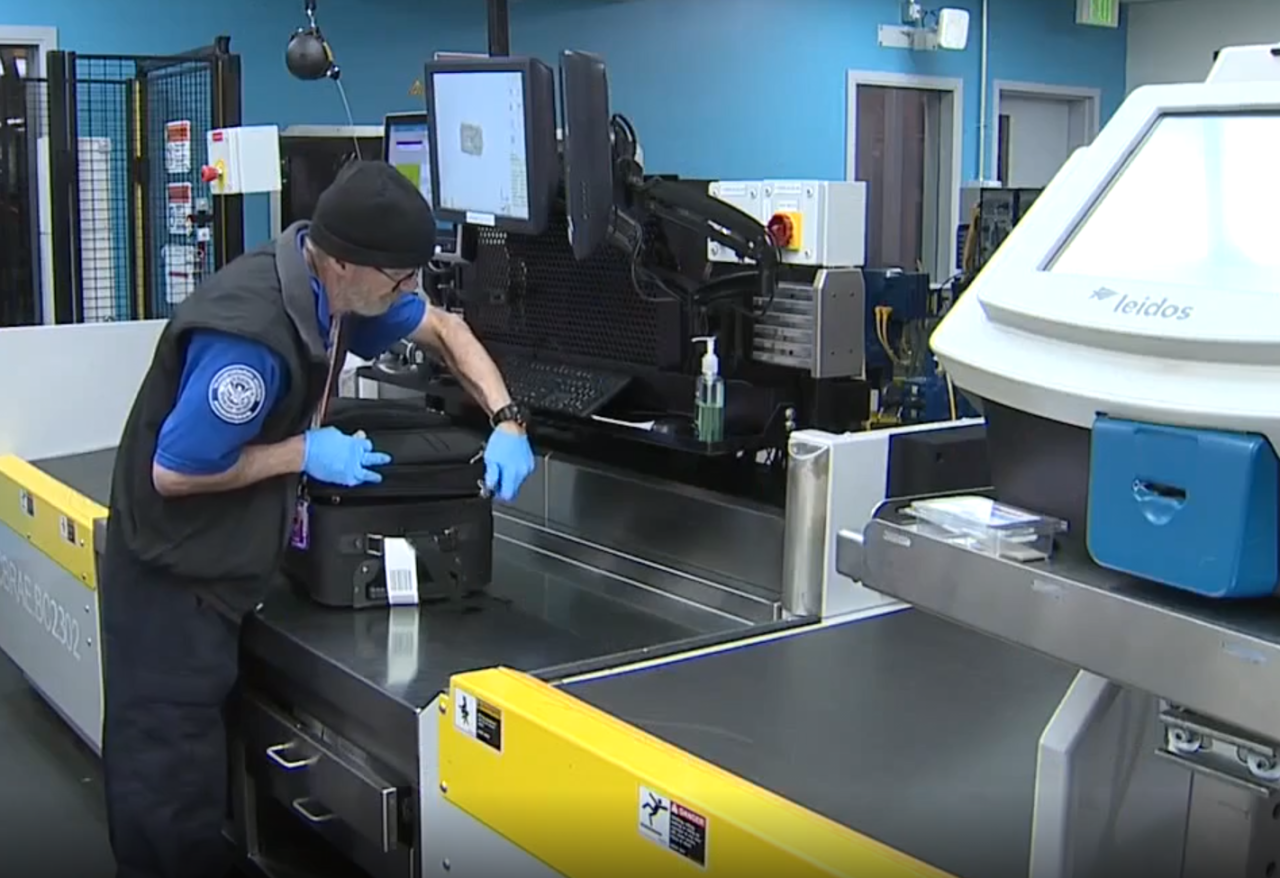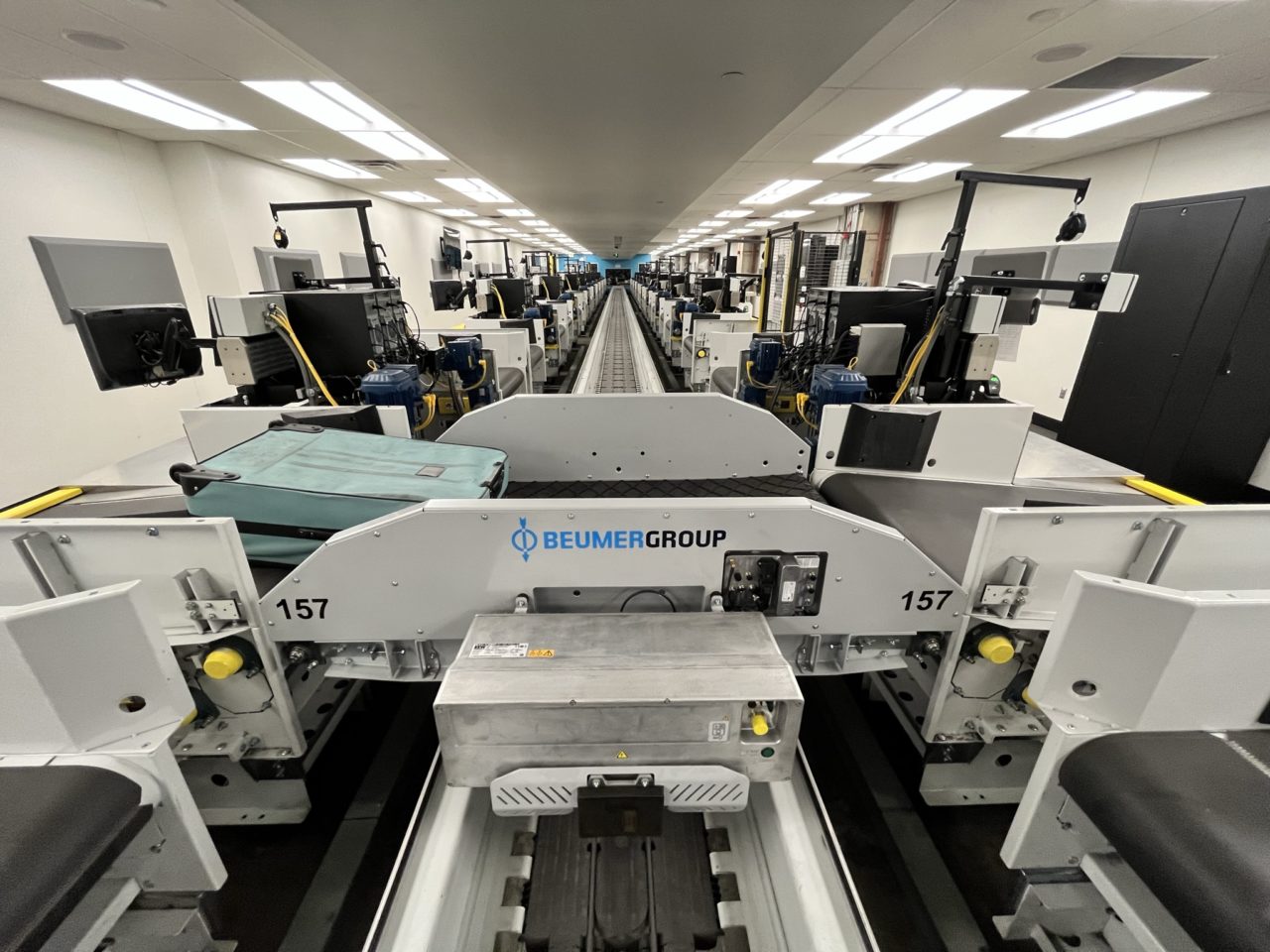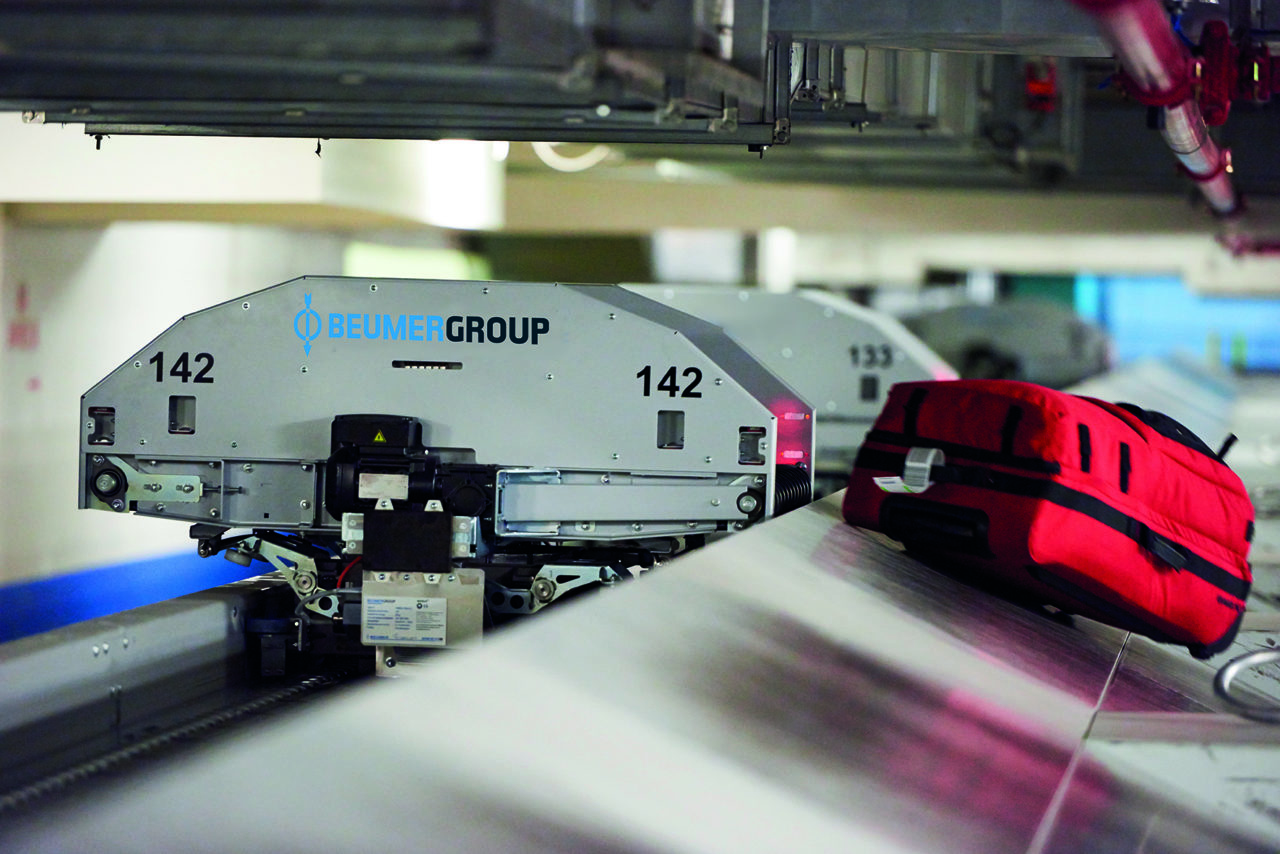In fact, the key reason why Frankfurt International Airport first implemented ICS technology in 1972 was that this faster baggage transporting solution could meet its need to reduce transfer times. Similarly, Denver International Airport’s decision to implement its new ICS solution has been driven by the need for faster transportation in its baggage system’s long travelling distances.
The ICS solution can clearly meet these ambitions, Frenz states, but it also has many other advantages for the airport.
ICS solves many airport baggage handling challenges
According to Frenz, the ICS BHS is simply able to solve more of the challenges airports typically face.
Faster transportation times
As mentioned, if airports need their baggage loading to travel through their systems faster, ICS achieves that. Frenz explains:
“Achieving faster transportation on a belt system is possible and it has been done. But it’s problematic because you might lose the tracking information as the bags are moving more on the belt and changing their positions. ICS technology, on the other hand, provides the speed required with no reduction in baggage tracking.”
In addition, faster travel on the belt system requires bigger motors, Frenz says. And for some airports, larger motors are simply not an option due to space restrictions, or tight tunnels and rights of way
Reduction of lost baggage
Lost baggage is, of course, a cost for the airline. But according to Frenz, ICS provides such high sortation precision that lost baggage is all but non-existent:
“With the ICS, you put your bag into a bin or tray that is equipped with a defined RFID chip. The information in that chip can be read 100% every time so you always know where that bag is.”
Transfer hubs need this sortation accuracy if they don’t wish to lose bags. And common use terminals serving multiple airlines, says Frenz, also need it to ensure baggage is delivered to the correct airlines.
In conventional baggage handling systems, the chances of lost trunks and suitcases are greater due to mis-reads and this increases the greater the distance the baggage must travel. To prevent bags ending up in the wrong areas, missing their flights and having to travel long distances back, Frenz explains, airports must have staff resolving no-reads. With ICS, this is not necessary.


